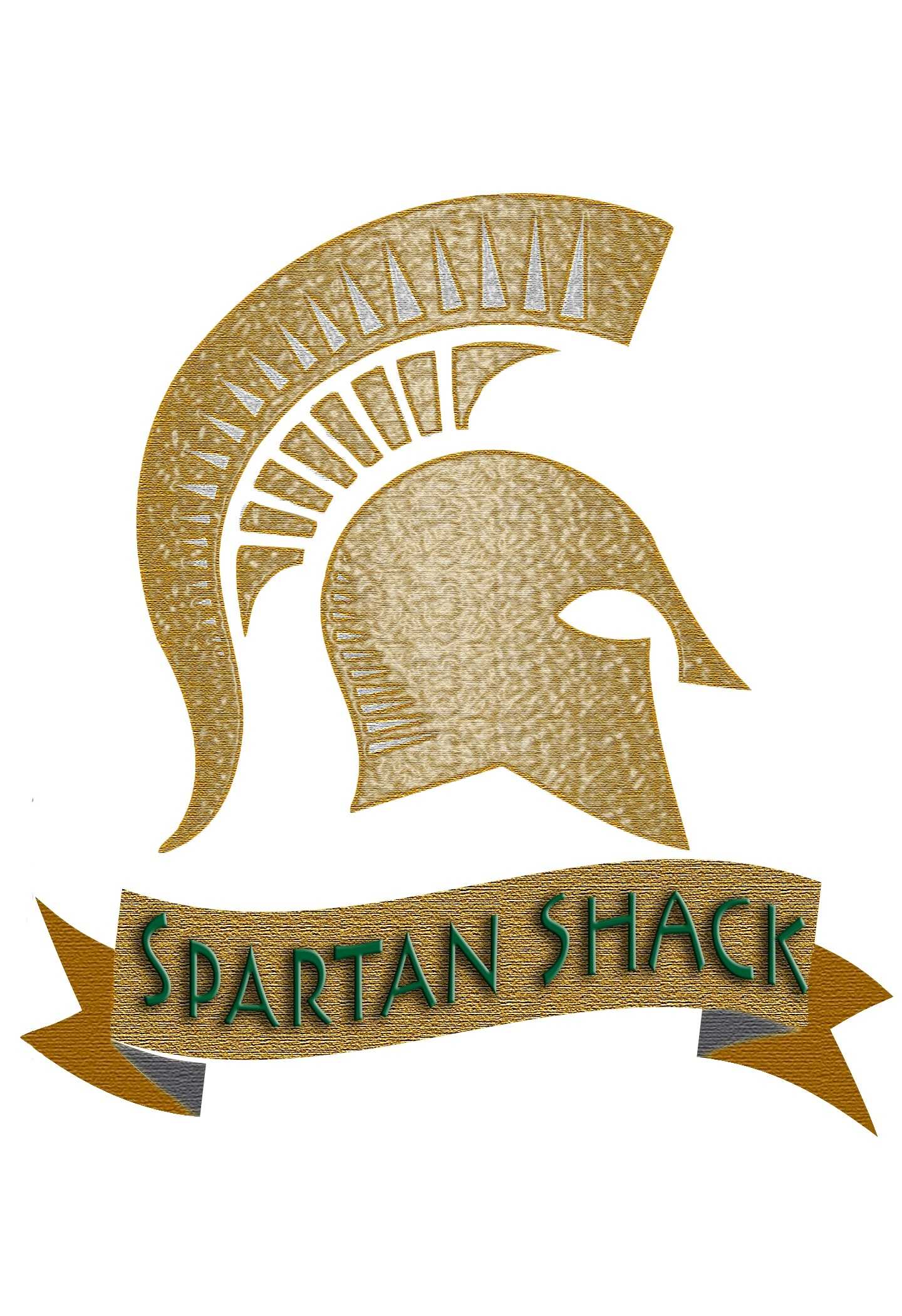The Point of MCAs
May 20, 2016
Every Spring, thousands of students in the state of Minnesota are pulled out of their normal routine to take a standardized test. Students at Mayo High School dread the Minnesota Comprehensive Assessment (MCA). As sophomore Anna Kirkland states, “they are the most pointless tests I have ever taken”. The tests begin in the third grade and continue until junior year. As a third grade child, these tests seemed painful and important. The teachers handed out bananas and mints to increase brain activity. In high school, these tests are simply an annoyance. Most student wonder how these tests affect their lives. The truth is: they don’t.
First, it is important to understand the history of the MCAs. In 1965, President Johnson passed the Elementary and Secondary Education Act. This act was meant to increase education in science and math. In 2001, the No Child Left Behind Act was passed by the Bush administration, updating the 1965 act. With this act, Minnesota increased its standards for education and created the MCAs. The purpose of the MCAs were to measure the success of the state and to increase proficiency in reading, math, and science.
According to Minnesota Report Card, MHS has remained above average for the state in all areas of standardized testing, but in the last two years, there has been a dramatic decrease in reading scores. This could be a sign that MHS needs to reevaluate its curriculum for reading, but it is more important to consider the scores of other tests such as the SAT and ACT. As the Star Tribune states, the MCAs fail to measure academic growth. The test uses questions targeted at critical thinking and specific types of learning styles. Also, because the tests are given online, they are subject to computer glitches and hackers. It would be unfair to use these scores as a measure of the overall success of students. Ultimately, the MCAs have no effect on graduation rates and are not considered by colleges.




